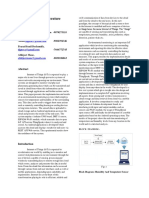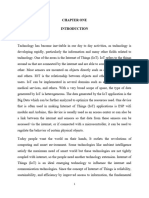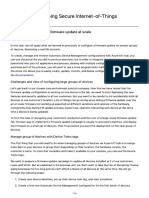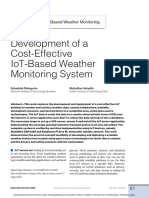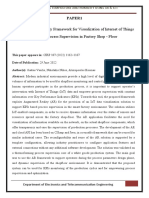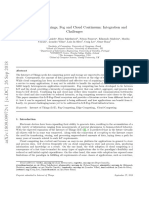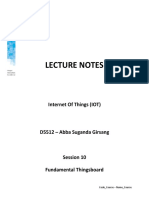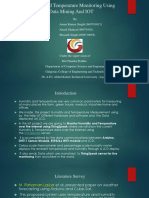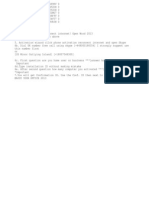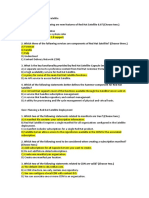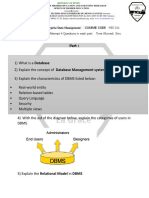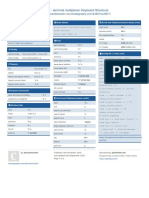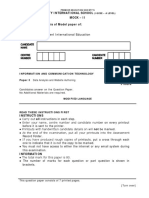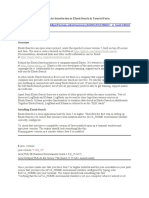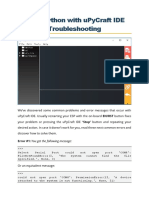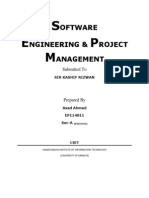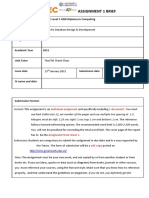0% found this document useful (0 votes)
5 views6 pagesSolution Template Successfully Installed
The document outlines the installation and functionality of a 'Temperature & Humidity' dashboard that allows users to manage sensors, configure alarms, and access historical data. It includes instructions for data upload via HTTP API, alarm configuration, and the creation of customer entities. Additionally, it discusses the option of extending the solution with edge computing for real-time data processing at remote facilities.
Uploaded by
brianotieno9054Copyright
© © All Rights Reserved
We take content rights seriously. If you suspect this is your content, claim it here.
Available Formats
Download as DOCX, PDF, TXT or read online on Scribd
0% found this document useful (0 votes)
5 views6 pagesSolution Template Successfully Installed
The document outlines the installation and functionality of a 'Temperature & Humidity' dashboard that allows users to manage sensors, configure alarms, and access historical data. It includes instructions for data upload via HTTP API, alarm configuration, and the creation of customer entities. Additionally, it discusses the option of extending the solution with edge computing for real-time data processing at remote facilities.
Uploaded by
brianotieno9054Copyright
© © All Rights Reserved
We take content rights seriously. If you suspect this is your content, claim it here.
Available Formats
Download as DOCX, PDF, TXT or read online on Scribd
/ 6

















